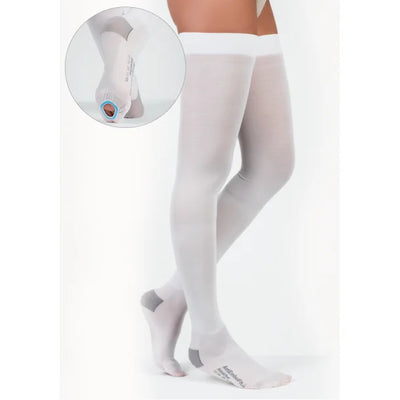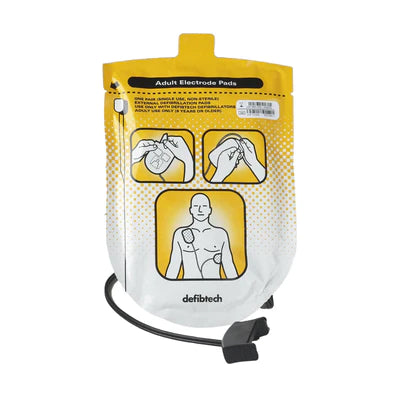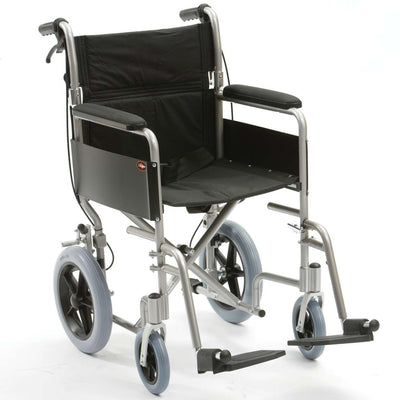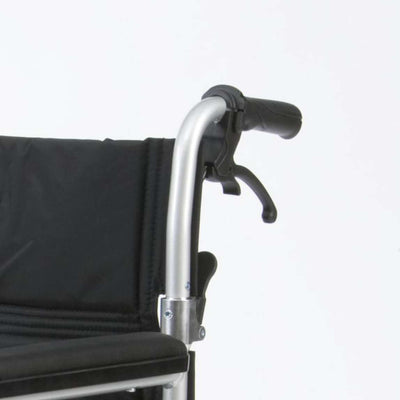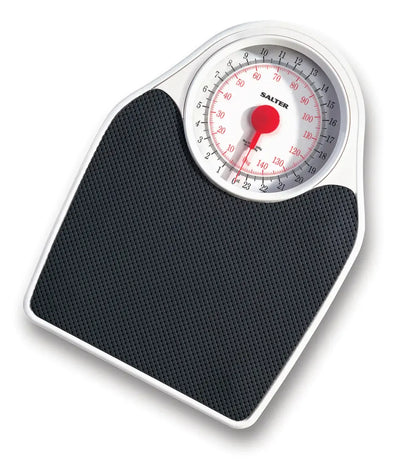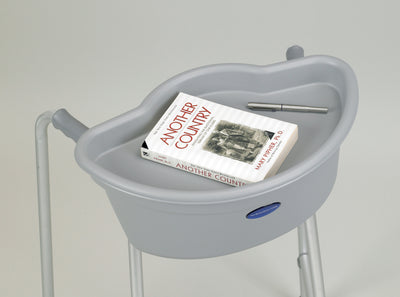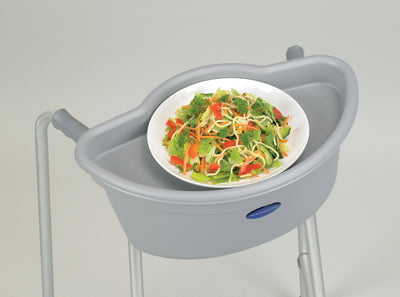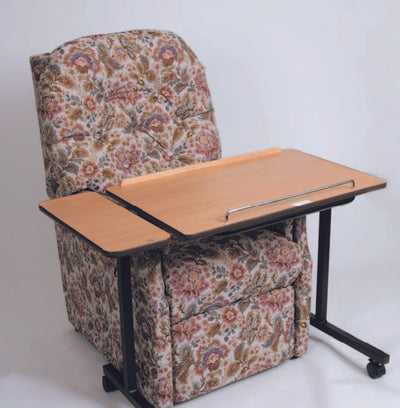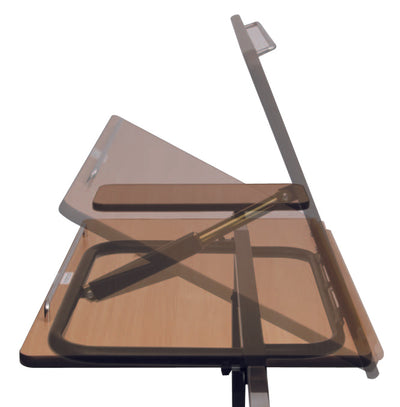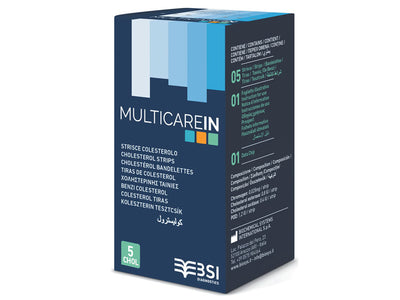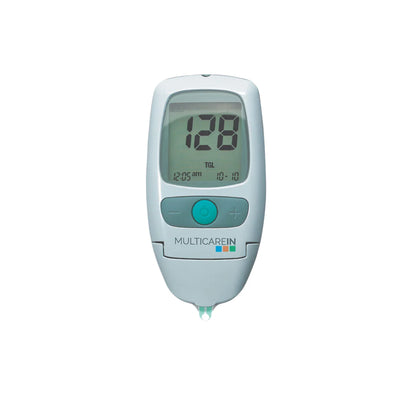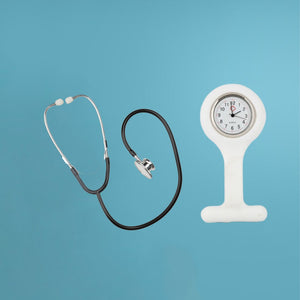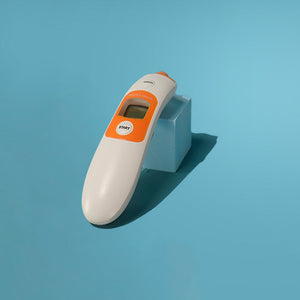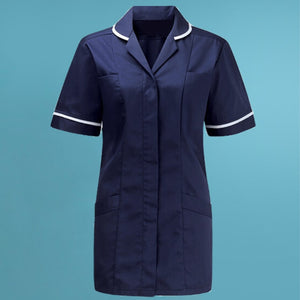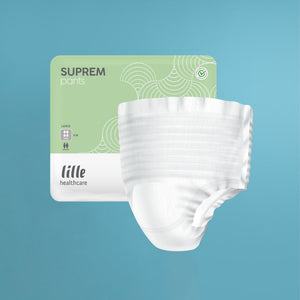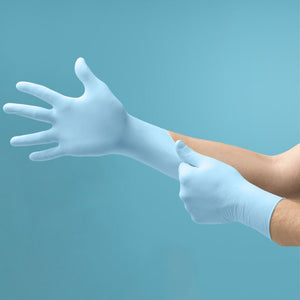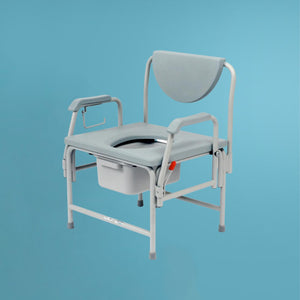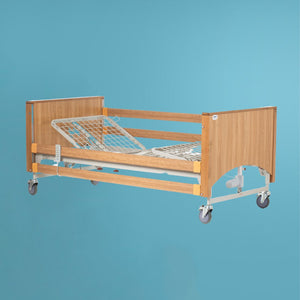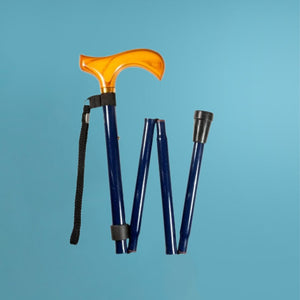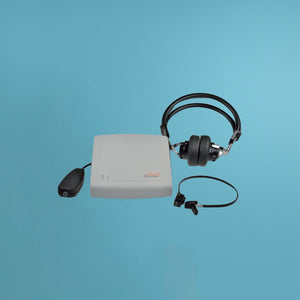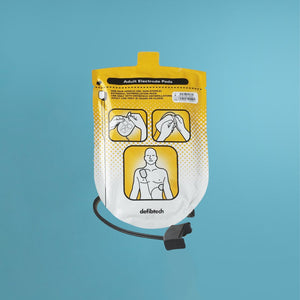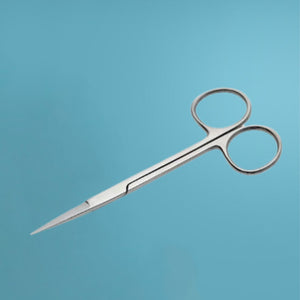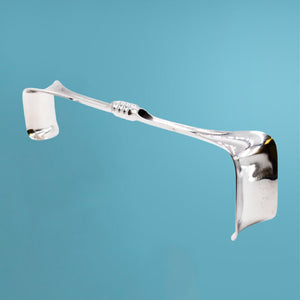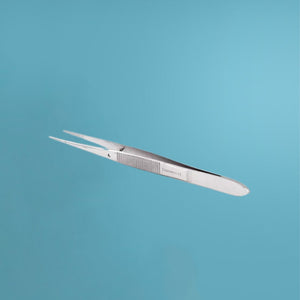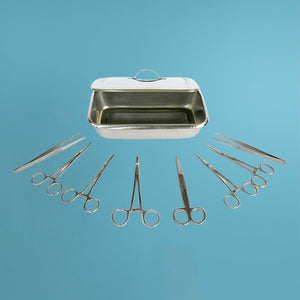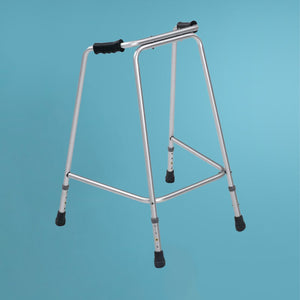Blogs
Unlock recovery with physiotherapy, restoring strength one step at a time.
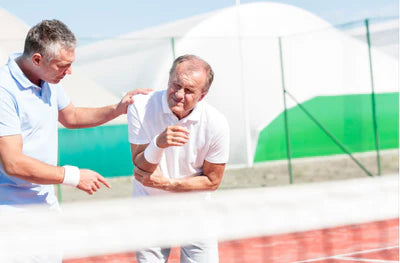
Recovering from a Sports Injury
24.10.2023
Exercise, whether it’s gentle walking, swimming, golf or tennis, is essential to our everyday lives, so it’s inevitable that on occasion we might pick up a strain, ache or something more serious.
So, what’s the best way to recover quickly and get back to doing your favourite activity as soon and as safely as possible?
Act Quickly
In the early stages of an injury it’s hugely beneficial to act quickly to reduce any inflammation or swelling that may occur soon after the initial pain. The most common sports or activity-induced injuries result in a sprain or strain of a joint or ligament - for example in the knee, ankle, wrist or elbow.
P.R.I.C.E
As soon as possible after you feel the pain a good rule of thumb to follow is the P.R.I.C.E rule:
- P - Protect you joint from further injury
- R - Rest the joint for up to 72 hours. You might want to use crutches if it’s a foot or ankle injury or use an arm sling for a wrist/elbow to keep the weight off the affected area.
- I - Ice should be applied using an ice pack as soon as possible after injury, for 15-20 minutes every two or three hours (during daytime) for the first 2-3 days. Do not put ice directly next to skin, as it may cause ice burn. Gently press the ice pack on to the injured part. The cold is thought to reduce blood flow to the damaged ligament. This may limit pain, inflammation and bruising. Do not leave ice on while asleep.
- C - Compression with a bandage will limit swelling, and help to rest the joint or muscle. A tubular compression bandage or an elastic bandage can be used on a limb. The bandage should not be too tight - mild pressure that is not uncomfortable and does not stop blood flow is the aim. Remove the bandage before going to sleep. You will usually be advised to remove the bandage for good after 48 hours.
- E - Elevate the joint to avoid further swelling and pain. You might want to keep your sore leg up on a chair to at least hip level when you are sitting. Or if it is your arm, use an arm sling for a day or two.
Take a break
Any serious activity-induced injury can have a big impact on your life - especially if it affects your mobility and ability to perform other everyday tasks. It can be hugely frustrating to pick up an injury as it will almost certainly interfere with your regular routine, or perhaps a training schedule you’d like to stick to in order to achieve a personal goal or challenge.
However, no matter how disheartening it may be, it is really important to take some time to fully establish what damage may have been done and begin to plan a programme to gradually rebuild your strength to get back to the exercise you enjoy doing.
Rest and relaxation are so important in terms of recovery. Your body will need as much rest as possible to be able to go into repair mode and get you back to regular activity as soon as possible. So be kind to yourself.
Keep moving
It might seem counterintuitive to rest AND keep moving, but keeping mobile and active (within reason) is an integral part of recovery after injury. Keeping the blood flowing around your body will help to repair damaged tissues quicker. It will also help to improve your mental health, by encouraging those happy endorphins brought on by exercise to flow around your body and keep your mood buoyant while you’re resting from your usual exercise activities.
Your GP or physiotherapist can suggest exercises that will be suitable for recovery from your specific injury.
When to see a Doctor
If you’ve sprained or strained a joint and you’re worried that it’s more severe to treat at home you should seek advice from your GP or medic if there is:
A worsening of symptoms - pain, swelling, bruising.
Lack of movement after treating with P.R.I.C.E at home.
You suspect you have broken a bone
Your joint looks out of shape or dislocated
Need more help? We're always here to help so get in touch today.
For all your Medical and Homecare supplies give us a call at Mediworld.
We have over 40 years experience in medical, surgical, mobility and home health supplies and we're always on hand to chat if you need support or advice. Follow us on Twitter and Facebook and don't forget to read our other great health blogs!
Learn More Now
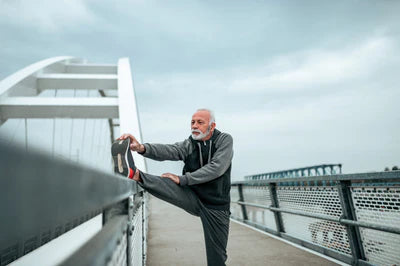
Treatments for 3 Common Running Injuries
24.10.2023
Prevention and Treatment of Common Running Injuries
We regularly help runners with supports and products to get them through times of injury. Here are the most common runners' injuries we see and what you can buy to treat them.
Running can be one of the best forms of exercise. It's tough and it can hurt but over 2 million people here in the UK lace up their trainers and go out for a run each week.
But whether you run 5k or marathons and beyond, unfortunately, injuries are an all too common occurrence.
1. Knee and Ankle Pain
Hip, knee or ankle pain is the bug bear of almost every runner.
Runners Knee is a common problem and can be associated with kneecap alignment, tendonitis or general knee strain. If the pain is more of a niggle than disabling, a simple, elasticated knee support or ankle strapping can offer improved mobility and prevent further injury.
If you need some more serious support specifically around the knee and ankle joints, a bio magnetic knee brace or bio magnetic ankle support could provide you with great back up. These braces have strategically placed magnets that help to reduce pain and inflammation.
Magnetic products have been used successfully for many years as a drug-free, non-invasive treatment for pain and swelling by increasing blood flow and triggering the nervous system to help decrease pain.
2. Shin Splints
Shin splints aren't actually a diagnosis, they're more a set of symptoms which anyone who's suffered from them will tell you are very painful indeed. Shin splints are often caused by having tight calf muscles and weak shin muscles, and regular running on hard surfaces can put added strain on the shins.
Alleviate shin splint pain by elevating your foot and using an ice pack for ten to fifteen minutes every four to six hours. Take some time off running and have lots of rest. Meanwhile invest in a hand-held infra red massager to release those tight calf muscles and use a shin support which will provide compression and increase blood circulation around the area to speed up recovery.
3. Foot Injuries
Arch pain, or a burning sensation under the arch of the foot, is another common complaint in runners. Often badly fitting footwear is to blame so it's always a good idea to have your running shoes specially fitted or invest in an adaptive arch pad which controls the position of the foot and prevents arch pain. A foot insole can help absorb shock, reduce friction, and improve overall foot comfort.
If you're suffering heel pain when you run, you may have Plantar fasciitis - a syndrome of heel pain due to inflammation of the thick ligament of the base of the foot. A tight, inflamed plantar fascia can cause more permanent pain when you're walking or running, and it can often lead to the formation of a heel spur. Using a heel support will help to reduce the impact on joints and vertebral column, lessening the strain on ligaments, muscles and Achilles tendon.
Always seek advice from your GP or health professional if you're worried about a running injury.
We at Mediworld have over 40 years experience in medical, surgical and home health supplies and we're always on hand to chat if you need support or advice. Follow us on Facebook and Twitter.
Learn More Now

